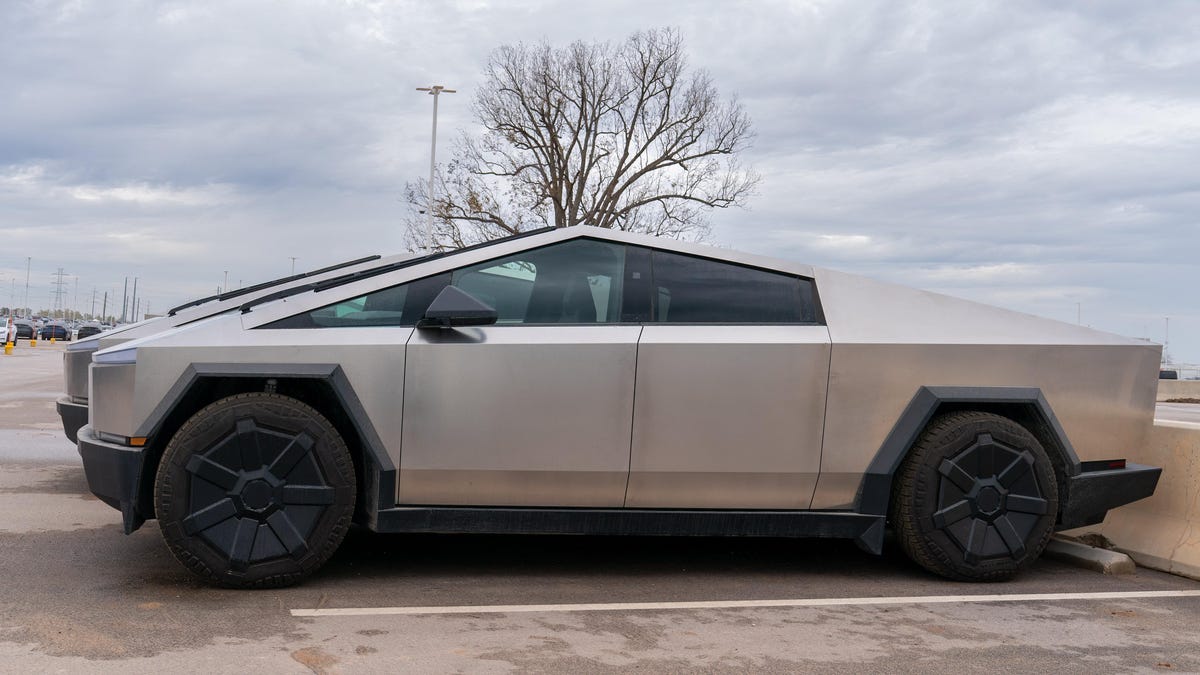Despite the recent release of these Tesla EVs — and the little road time they’ve been subjected to — Cybertrucks are already developing imperfections on their body panels, leading owners to debate what’s causing the early signs of rust on forums. From Futurism:
One Cybertruck Owners Club forum member says they started noticing small orange flecks appearing on his truck after driving it in the rain for just two days.
“Just picked up my Cybertruck today,” they wrote. “The advisor specifically mentioned the cybertrucks develop orange rust marks in the rain and that required the vehicle to be buffed out.”
The Cybertruck owner posted followup photos after washing the vehicle down with soap, and they didn’t inspire much confidence, showing body panels already pockmarked with small orange spots.
Cross post from https://lemmy.world/comment/7544395



Delorean body panels are made out of 304 stainless steel.
It’s more expensive, but highly corrosion resistant.
Cyber truck uses 301 stainless, which is meant more for industrial and commercial environments where the steel is kept out of the elements or will be painted with a weather resistant coating.
Why does Tesla use 301? Probably because Starship uses 301 steel body panels for the skin on the booster and vehicle. Bulk purchasing material like that will drive down the cost for them and make a little more profit. 301 is also very strong, and one of the design points of Cyber truck was that it with be bulletproof, for some reason. I’ve yet to see anyone actually shoot their cyber truck, but I doubt those body panels are stopping anything more energetic than a .32 ACP.
Now why is a spacecraft covered in steel? I have no idea. Rockets should be as light as possible to maximize the amount of energy you get out of the fuel.
Because steel is cheap and “good enough” for whatever Starship’s application is. Titanium would be lighter but far, far, more expensive. And the cost of the titanium would probably out weight the extra fuel costs.
Which is why most rockets today use aluminum for their fuel tanks, not steel.
And you’ve just accidentally stumbled into the Rocket Equation! My favorite.
So you want to make a rocket with enough energy to get to orbit. Okay so my engine puts out X amount of thrust at sea level. I’ll need Y fuel to get to orbit. But because the fuel weighs something, now I need 2 engines to lift the weight of the fuel and tanks. But because I have 2 engines, now my craft weighs more and I need more fuel to feed both engines. This cycle repeats until you can either balance them, or decide to say fuck it and move over to building bridges.
One way you can balance the rocket equation is by making the dry, or empty, weight of your vehicle lighter. Now you can lift more fuel on the engines you have and get higher and faster.
So again, why the hell are they using one of the most dense building materials to make up most of the rocket. Sure manufacturing is cheaper and easier, but that only counts if the thing can actually reach orbit and be useful.
Original prototype of The Homer had 3mm thick panels, which obviously they changed to under 1.4mm because of silly things like weight, actual ability to mfg, oh and those silly crash test, though the Cybertruck is literally designed to kill pedestrians (which is why it will never appear in Europe)
Thanks for the info!
They shot it here
Well they’ve made it pretty clear why they’re using this particular steel. The goal is to create a relatively cheap, reusable rocket. The strength of the steel helps make up for the increased density since you can use thinner panels. They also don’t have to paint them. This leads to a small difference in total weight.
The compromise they’re going for is giving up a slight amount of capacity to decrease cost of materials, increase production volume, and hopefully improve the reusability and lower the total maintenance.
They’re not trying to build the highest performance rockets, they want the lowest cost for the level of performance they’re targeting. That’s not to say it will necessarily work out, but they’ve obviously done the math on the compromise and think it’s beneficial in the long run.
Of the many issues Starship has had, it doesn’t seem like the steel skin is one of them. It’s just one of a million design choices you have to make for any rocket.